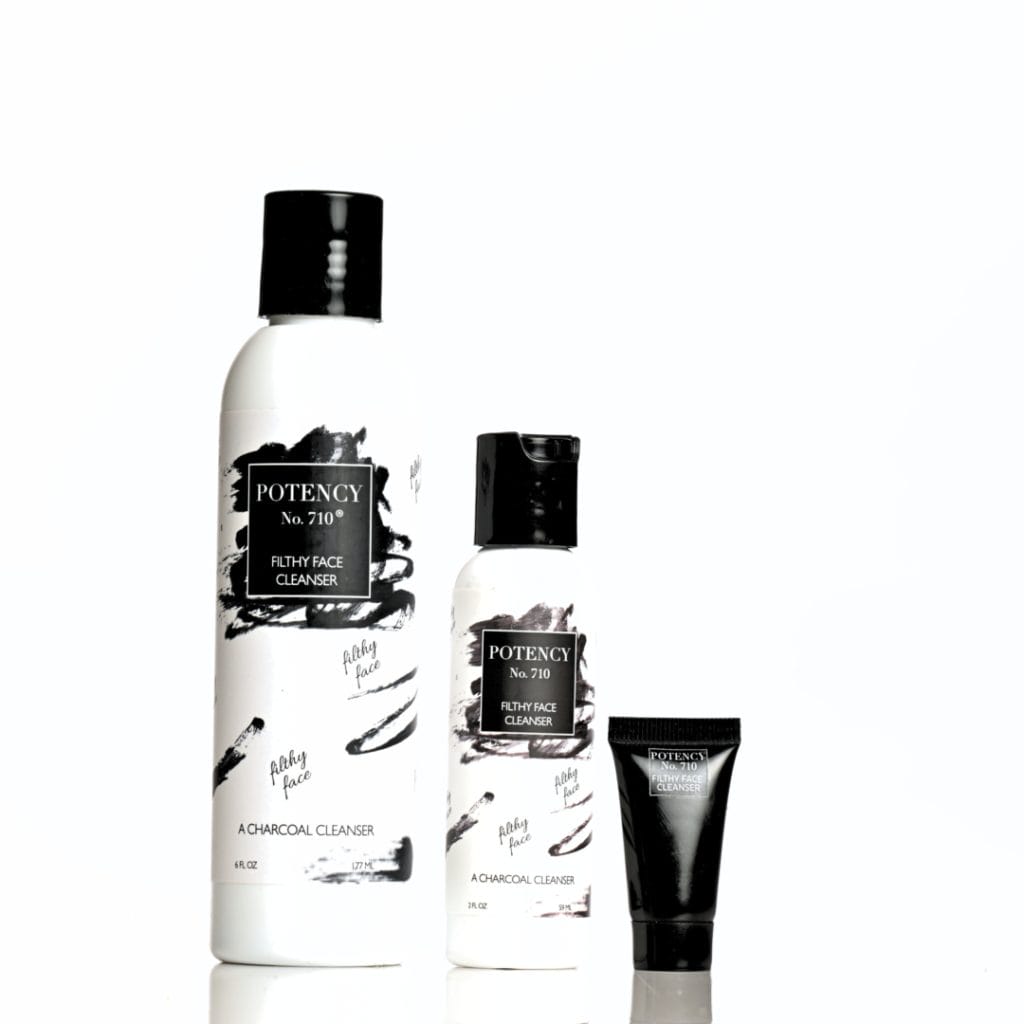
Experience Luxury Fragrance with the Higher Good
In the world of luxury skincare, the fragrance that accompanies your products can transform an everyday ritual into something truly
When it comes to skincare, most of us think about serums, moisturizers, or masks as the game-changers. But here’s the truth: your cleanser is the foundation. It’s your first step and it sets the stage for everything else that follows. If your cleanser isn’t working with your skin, nothing you apply after it can perform the way it should.

Cleansers are often marketed as “gentle,” “balancing,” or “deep-cleansing.” But the fine print matters. The wrong cleanser can leave your skin tight, greasy, red, or dull — and sometimes all at once. Even if you do nothing else in your routine, a poorly chosen cleanser can create long-term problems.
Here are some of the most common cleanser pitfalls:
The problem: Many foaming cleansers rely on strong surfactants that over-clean. While they make your skin feel “squeaky clean,” what they’re really doing is stripping away protective oils.
The result: Tightness, dryness, flaking, and redness will become some of the early signs that your skin barrier is compromised.
The fix: A truly gentle cleanser preserves natural oils while still lifting away impurities, keeping your barrier intact and strong.
The problem: Creamy or overly emollient cleansers can leave behind a waxy film. Instead of refreshing, they suffocate the skin.
The result: Trapped sweat, oil, and microbes under the skin lead to breakouts, clogged pores, and sometimes perioral dermatitis.
The fix: A properly balanced cleanser rinses clean, leaving your skin fresh and breathable without layers of residue.
The problem: Healthy skin naturally sits at a slightly acidic pH (around 4.5–5.5). Cleansers that are too alkaline throw off this balance.
The result: An upset microbiome, irritation, heightened sensitivity, and slower healing.
The fix: A pH-balanced cleanser supports your skin’s natural flora, reduces irritation, and helps maintain long-term resilience.
The problem: Some cleansers try to multitask by packing in exfoliating acids or gritty scrubs. While exfoliation has its place, cleansers aren’t designed to deliver high doses of actives.
The result: Redness, burning, microtears, and long-term barrier thinning are just some of the dangers.
The fix: Keep your cleanser simple. Leave exfoliating acids and scrubs for targeted treatments. Your daily wash should let your skin rebalance naturally.
The problem: Preservatives keep products safe, but poorly chosen ones, or unnecessary fragrances, can do more harm than good.
The result: Stinging, allergic reactions, and dermatitis are just the beginning.
The fix: Clean, non-irritating preservatives protect the formula without stressing the skin. A fragrance-free or naturally balanced cleanser keeps the experience soothing and safe.

When you know what to avoid — harsh surfactants, heavy residues, the wrong pH, overloaded actives, and irritating additives — the next step is finding a formula that checks all the right boxes.
A truly skin-friendly cleanser should:
That’s the exact balance we set out to achieve with Filthy Face Activated Charcoal Cleanser. Activated charcoal works like a magnet for buildup and excess oil, while our gentle, pH-balanced base respects your skin’s barrier. The result is a fresh, breathable complexion — no tightness, no greasiness, no hidden irritants.
Even if this is the only step in your routine, it’s enough to keep your skin clear, comfortable, and ready for whatever comes next.
Your cleanser isn’t just the beginning of your skincare; it’s the foundation. Choose one that works with your skin, not against it, and you’ll see the difference in every step that follows.

In the world of luxury skincare, the fragrance that accompanies your products can transform an everyday ritual into something truly

In the symphony of our senses, scent plays a mesmerizing melody. Fragrances evoke memories, spark emotions, and paint invisible landscapes

Potency No. 710 loves to share knowledge and information about our skin and how to keep it healthy. Our skin

The world of skincare is constantly evolving, and one of the most exciting developments in recent years is the discovery

In the pursuit of healthy, radiant skin, vitamin-rich skincare can play a crucial role in nourishing, protecting, and rejuvenating our

Antioxidants are vital in skincare for their ability to protect the skin from damage caused by free radicals, which can